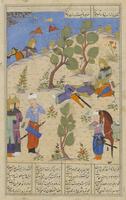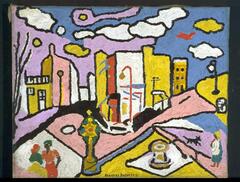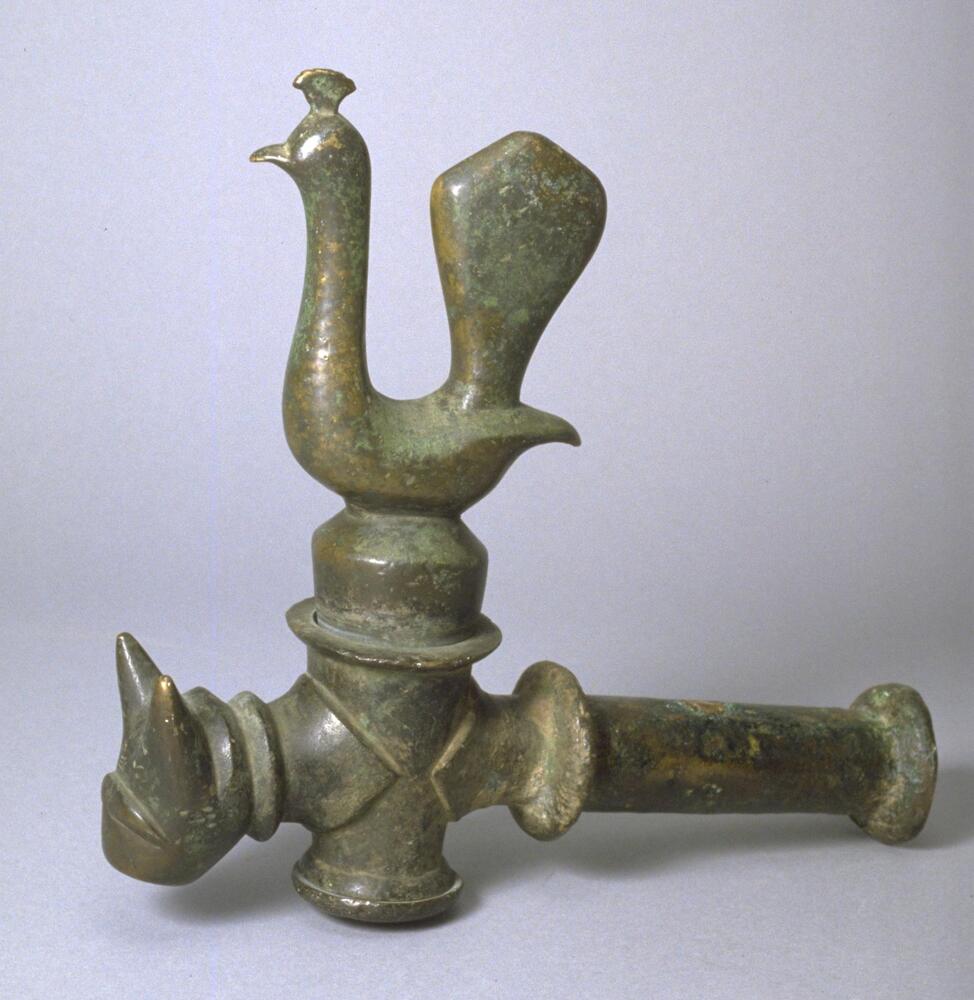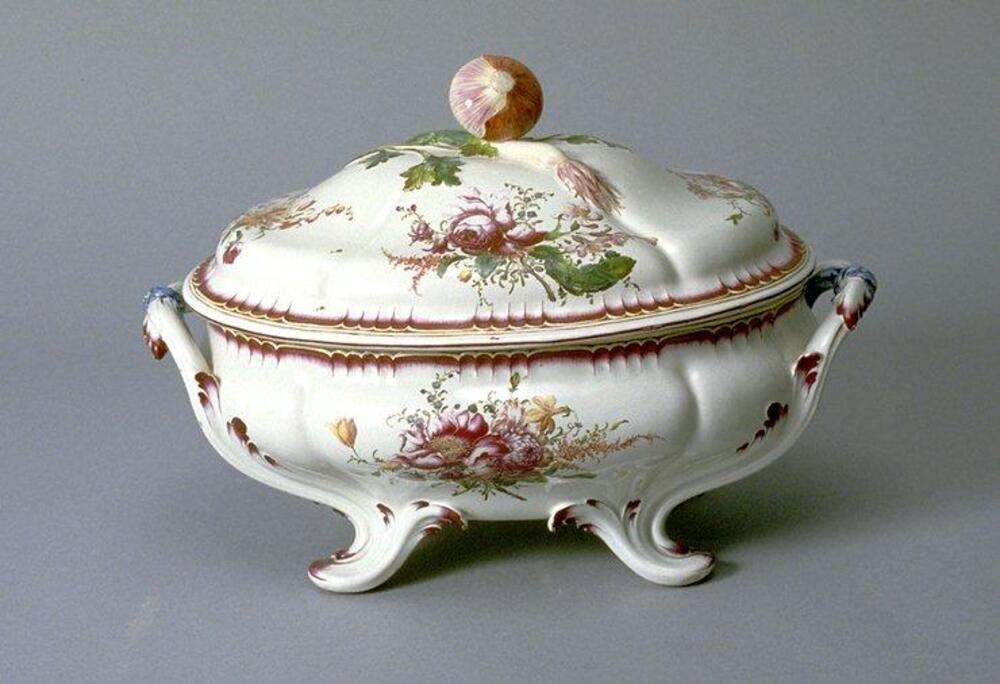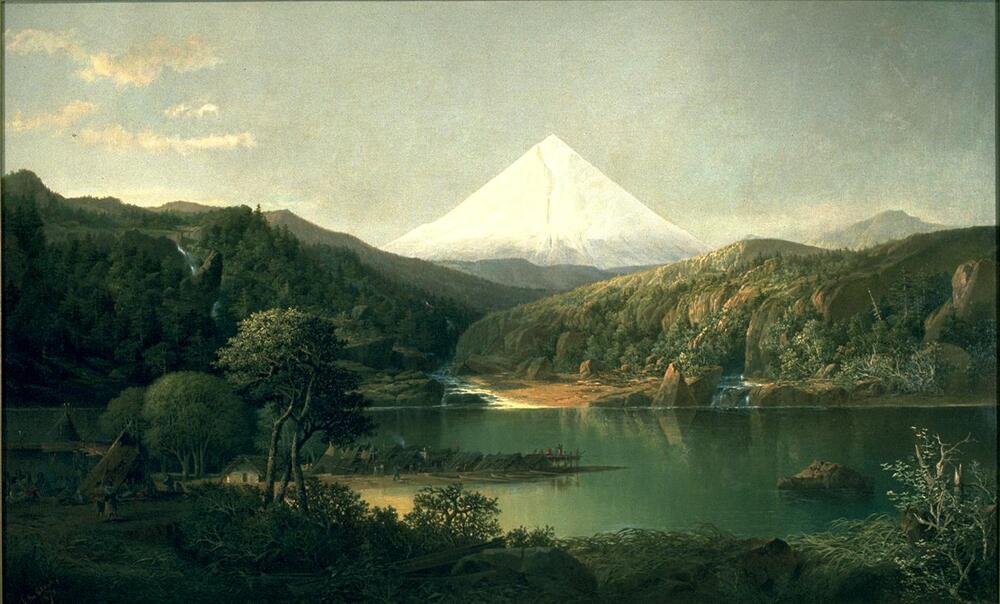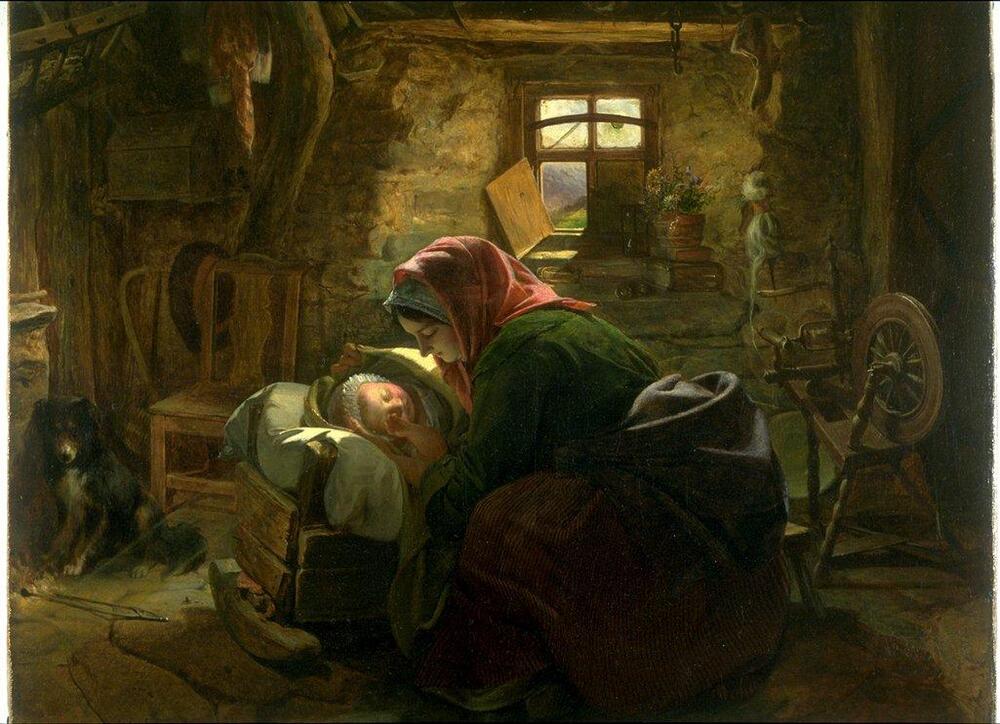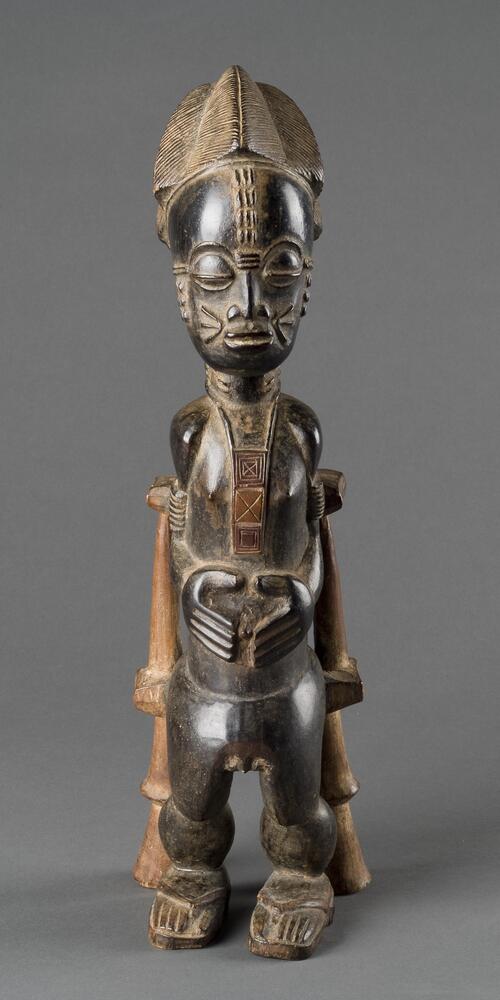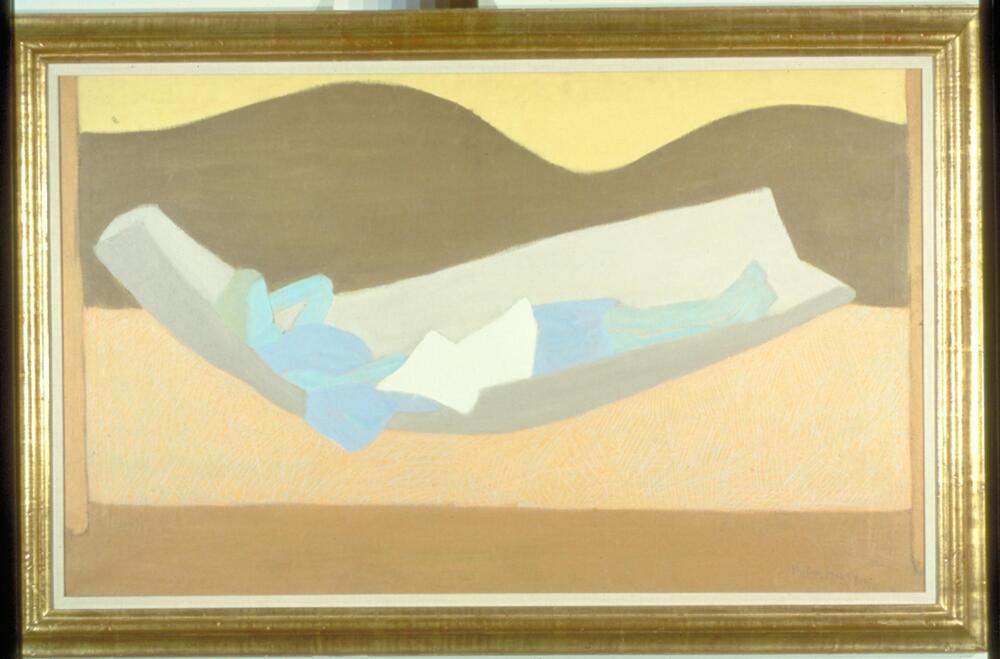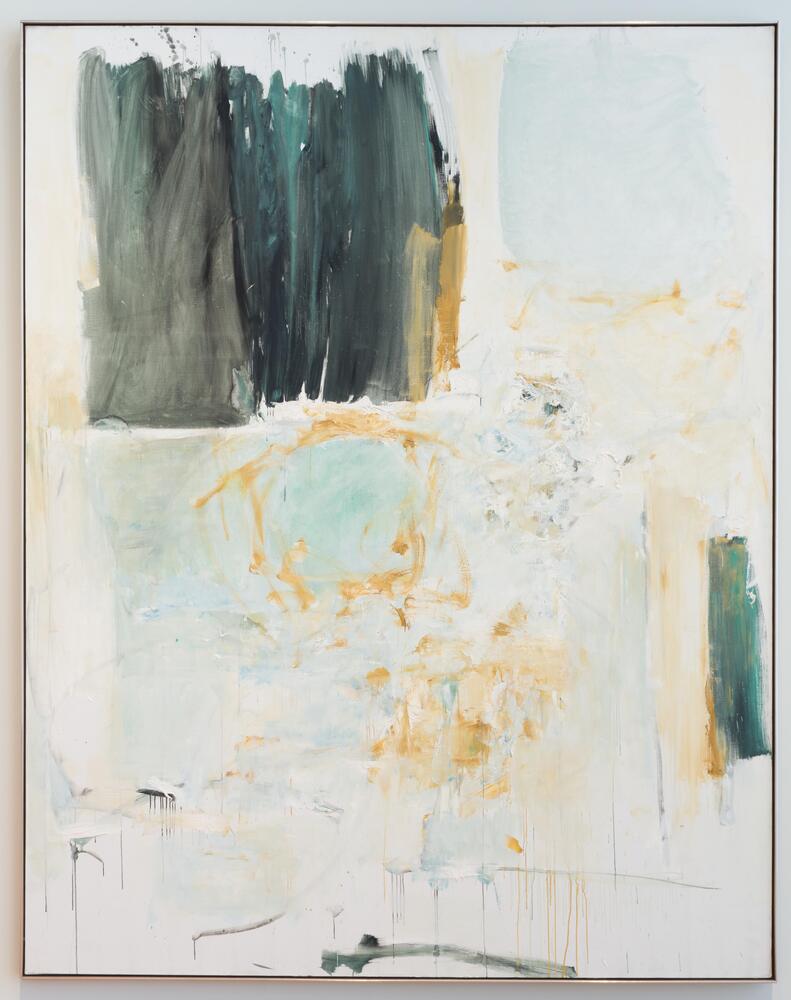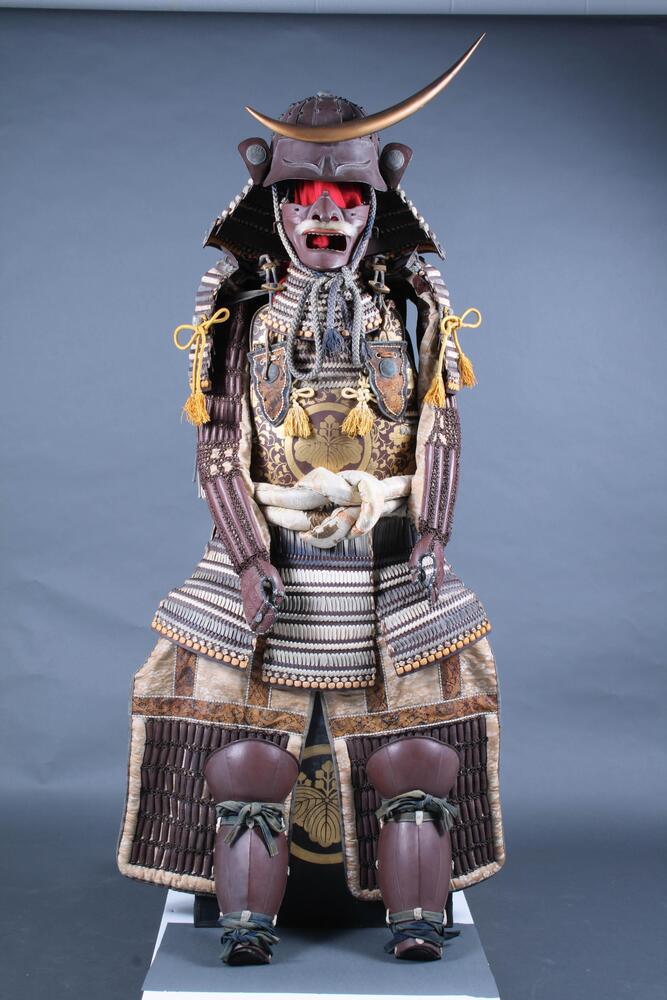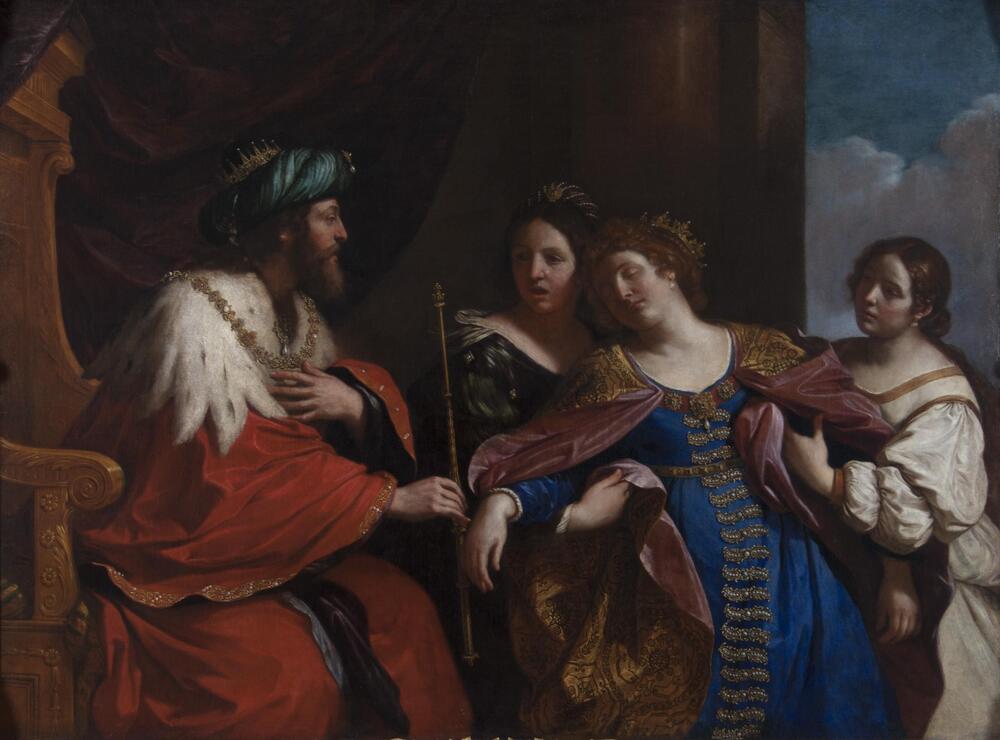Second Grade: Healthy Living Tour
Docent Curricular Tour
Discussion: Healthy living comprises many aspects; this tour focuses on nurturing the body, mind, and spirit. Eating well, exercising, resting, and engaging with the environment are various ways to encourage holistic healthy behavior.
Social Studies Concepts
H2. Living and working together in families and communities, now and long ago
G5. Understand the effects of human-environment interactions
C1. Act constructively to further the public good
Art Concepts
R7. Perceive and analyze artistic work
R8. Interpret intent and meaning in artistic work
Engagement Strategies:
At the beginning of a new year, many people make resolutions to “be more healthy.” What does that mean? How can we make healthy choices to improve our bodies, our relationships, and our world?
Encourage students to consider healthy foods. How do healthy foods make us feel? Consider how they give energy to our bodies. What else gives us energy? [sleep, exercise, drinking water, getting outside].
Often we focus on developing healthy bodies and eating habits but should also remember other aspects of holistic health such as growing the mind and spirit.
Stop 1: Faucet with Lion-Headed Spout and Peacock
Spigot
Possibly Syria
1100–1300
Bronze
Museum purchase, 1959/1.114
Background:
· Since antiquity, artists in Europe, North Africa, and the Middle East produced bronze vessels in the shape of animals to hold liquids or to serve as incense burners, oil lamps, and even fountains. Although the manufacture of such vessels lapsed in Western Europe during the early Middle Ages, this Syrian faucet eloquently testifies to the continuity of this tradition in Mediterranean lands under Islamic rule. Europeans encountered such Islamic vessels and fixtures through trade and the Crusades; these cross-cultural contacts initiated a revival in the production of animal-shaped bronze vessels in the West beginning in the twelfth century. The large scale of the faucet suggests that it originally served as part of a fountain, but this is still speculation. One of the most engaging types of these Islamic-inspired vessels was the aquamanile, an example of which is displayed in this case
Talking Points:
· What do you see?
· Need water to live. This is from a fountain that provided a public water supply
· Public water supplies are important resources: Flint, MI, has had a recent controversy about contaminated water. In the 1850s, John Snow discovered that cholera was transferred via public water supplies
· It’s good to bathe. Only in the last 100 years did people discover germs and how to avoid them by washing hands and staying clean
Stop 2: Artist Unknown France (Lunéville), eighteenth century Tureen
About 1750
Tin-glazed earthenware (faience)
The Paul Leroy Grigaut Memorial Collection (1969/2.41)
Background:
· The elegant design and delicately painted decoration of this tureen would have introduced a note of casual refinement to the table of its original owners, who were probably an aristocratic French family. France was late in developing a large merchant class, so that the aristocracy remained the primary patrons of the fine and decorative arts for far longer than was the case in other northern European counties. The trompe-l’oeil—literally “trick-the-eye”—scallion lain seemingly nonchalantly across the lid and the bulbous knob give the piece a playful charm.
Talking Points:
· Very fancy tureen for soup, stews, etc. Notice scallion on top serving as handle.
· What could you put in soup to make it healthy?
· Discuss the story Stone Soup and how a community comes together over food, someone bringing potatoes, one bringing carrots, one bringing an onion
Stop 3: John
Stanley
United States, 1814–1872
Mount Hood from the Dalles
1871
Oil on canvas
Gift of Mrs. Edith Stanley Bayles and the late Mrs. Jane C. Stanley, 1940.426
Background:
· The beginning of westward migration and the California Gold Rush of 1849 together gave rise to a growing interest in the frontier. Like many 19th-century paintings, Mount Hood from the Dalles gave curious viewers a glimpse of this storied western landscape. Stanley, who was also a trained photographer, accompanied several expeditions to the Oregon territory. He painted this view of Mount Hood years later from memory with the aid of sketches and daguerreotypes made during his trips. Looming in the distance is the majestic Mount Hood; in the foreground is an encampment of Native Americans. Stanley is probably best known for his serene, carefully observed representations of Native Americans, whether in the form of portraits or figures in panoramic landscapes like Mount Hood from the Dalles. His intentions in documenting Native American life were complex. At the same time that he assumed the persona of an anthropologist, keen on recording a threatened culture, he also created traveling shows and “Indian” panoramas that perpetuated stereotypes and catered to an audience largely supportive of policies that were causing the wholesale decimation of that culture. Whether intentionally or not, simply by showing Indians at one with the landscape, paintings like this one reinforced for viewers the idea that the United States was destined to “civilize” the country and its native inhabitants from the Atlantic seaboard to the Pacific Ocean
Talking Points:
· Native Americans live on the river, rely on supply of salmon For food. Need to keep nature in balance to preserve Habitats for fish and other animals.
· “Sustainability” is a word we hear when we talk about gardening, food, energy, and water use. What does that mean?
Stop 4: Arthur Wesley Dow
United States, 1857–1922
Spring Landscape
1892
Oil on canvas
Bequest of Margaret Watson Parker 1954/1.168
Background:
· As part of a self-imposed program of study of the art of non-Western cultures, Arthur Wesley Dow visited the Boston Public Library in 1891 and discovered Japanese woodblock prints. “One evening with Hokusai,” he said, “gave me more light on composition and decorative effect than years of study of pictures. I surely ought to compose in an entirely different manner.” Spring Landscape, a depiction of flowering trees flanking a rustic path, was painted a year after that visit, and the influence of Japanese art is evident in its asymmetrically arranged composition, strong dynamic lines, and vibrant blocks of color. The decorative accents of the blossoms and dark trunks set against the overcast sky and the green sward of rising landscape flatten spatial recession, and the subdued but saturated colors are woven into a delicate harmony. Painting for Dow was “visual music,” a rhythmic harmony of colored spaces, rather than a transcription of what was seen. Instead of striving to imitate nature, he believed in accentuating its inherent spiritual beauty through the careful balance of compositional elements such as line, color, and notan, a Japanese term for the relationship between light and dark areas in a pictorial space. Dow became an influential teacher, and his unorthodox principles of composition, set out in a book of that name, redefined the teaching of art in the United States for several generations.
Talking Points:
· enjoying beauty of nature and value to walking / being outdoors
· contemplation of light. Research has shown that experiencing natural daylight improves your mood
Stop 5: John Phillip
The Highlander’s Home, 1855
oil on canvas
Museum purchase made possible by the Alfred E. Pernt Memorial Fund in honor of
Doctor of Technical Sciences Max H. J. Pernt and his wife Anna Pernt (nee
Mueller) 1986/1.188
Background:
· John Philip’s "The Highlander’s Home (Sunshine in the Cottage)" is an excellent example of Scottish genre painting by an artist rarely found in American collections. The painting depicts a humble interior occupied by a young mother watching over her infant asleep in a cradle, recalling Madonna and Child imagery. The beam of light piercing the window, evocative of divine presence, focuses the viewer’s attention on the figures at the center of the composition. Because paintings of everyday life (genre paintings) can suggest moralizing and didactic messages, the Victorian viewers of "The Highlander’s Home" may have read this modest cottage scene, with its strong religious overtones, as a reminder that beatific young mothers and cherubic children took center stage in the domestic sphere of Victorian Britain.
· (C. McNamara, 18th-19th Century Gallery installation, early 1999)
Talking points:
· Being loved is important – more important than having many things
· Relationships have value and take work to maintain
Stop 6: Male Spirit Spouse (blolo bian)
Baule peoples, Côte d’Ivoire
Mid-20th century
Wood
Museum Purchase assisted by the Friends of the Museum of Art, 1971/2.32
Background:
· In Baule thought, the world of lived experience is intimately and forever intertwined with the blolo, a parallel world in which all humans have spirit spouses who can cause them harm if neglected. This figure was likely commissioned by a Baule woman to represent her otherworldly husband. To please the spirit and ensure his good favor, the figure must look beautiful, healthy, and prosperous--all qualities that the spirit may confer upon its earthly spouse. The serene face, high crested coiffure, and scarification patterns on this figure identify him as an honorable member of village life, while the virtues of hard work and good health are reflected in his pronounced calves and elongated neck. In Baule eyes, as in most African societies, such marks of physical beauty are more than skin deep; they also represent the inner, moral excellence of an individual.
Talking points:
· Notice that proportions are different than western sculpture. Here the proportions represent a healthy person who is well-proportioned, muscular, clean, important in the community
· Many people strive for an “ideal” image or body, which differs between cultures. In this case, physical attractiveness also points to interior beauty
Stop 7: Milton Avery
United States, 1885–1965
Hammock Reader
1951
Oil on canvas
Gift of Dr. and Mrs. Marvin E. Klein, 1974/2.37
Background:
· In 1951, the year this painting was completed, Avery spent the summer in Woodstock, New York with his wife and their daughter, March, who is probably the reader in the hammock. Avery’s style underwent a subtle shift after he suffered a heart attack in 1949: his work became quieter as he began using more muted color harmonies and applying thin washes of paint to create veiled fields of color. Concerned with surface qualities rather than density and volume, he used flat tones to emphasize the two-dimensionality of the picture plane. This work marks Avery’s later period in which he dropped any hint of facial or ornamental detail and concentrated on shape, color, and composition, simplifying and reducing forms in order to extract their essence.
Talking Points:
· Relaxing, resting to renew and refresh
· Enjoying nature
Stop 8: Joan Mitchell
United States, 1926–1992
White Territory
1970–71
Oil on canvas
Purchase assisted by the Friends of the Museum of Art and a grant from the
National Endowment for the Arts, 1974.2.21
Background:
· Mitchell left New York for France in 1955, living first in Paris and finally settling in the late 1960s in Vétheuil, a tiny river village about an hour northwest of Paris. Like the winter landscapes Claude Monet (1840–1926) painted in the same vicinity, including The Breakup of the Ice, on view on the first floor, White Territory is an impression of a landscape. Mitchell aimed to convey the landscape as affected by what the artist called “internal weather,” meaning her personal associations and poetic sensibility. White Territory was first shown in an upstate New York exhibition of her works called “My Five Years in the Country,” a reference to her self-imposed exile in this tiny French village. Joan Mitchell was a leading artist of the second-generation New York School, the close-knit community of abstract painters who were profoundly influenced by Abstract Expressionism and followed on the stylistic and technical innovations of this first generation, especially the work of Willem de Kooning, Arshile Gorky, and Franz Kline.
Talking Points:
· having a landscape in your mind- can take with you and reflect upon when you feel sad
· sometimes we need strategies when we encounter anxieties or difficult relationships
Stop 9: Workshop of Mitsusada
Armor and helmet
Japan, late Edo period (1615–1868) to Meiji period (1868–1912)
19th century
Metal, lacquer, silk cords, and silk fabric
Gift of James Abbott, 2006/1.146
Background:
· Intimidating but elegant, this set of armor and helmet is a great example of how a premodern samurai desired to be seen in battle. Versatility in both martial arts and cultural pursuits was de rigueur for the samurai warrior: the battlefield was a place not only to prove one’s bravery, but also to showcase aesthetic taste. The design of this large head ornament, shaped like a crescent moon and featuring a fierce-looking facemask with a white mustache, was meant to intimidate enemies from a distance. The attention to detail and the use of quality materials and immaculate technique testify to the owner’s sophistication. Silk brocade with delicate flower motifs is used for the sleeve lining and thigh covers, and the body armor features intricate gold lacquer and a leather lining printed with a design of lions and peonies. Although samurai battles had ended by the early seventeenth century, armor and helmets continued to be produced for ceremonial purposes.
Talking Points:
· have to be healthy in mind and body--doing calligraphy as well as sword mastery
· strive for balance
Stop 10: Ganesha
Indonesia, Eastern Java
11th century
Andesite (volcanic stone)
Museum purchase, 1957/2.56
Background:
· Pot-bellied Ganesha, with his elephant head and curved trunk, is perhaps the most endearing and gentle of the Hindu gods. The elder son of Shiva and Parvati, he is famed for removing obstacles; as such, he is worshipped at the start of any new venture. Scribes, for instance, will inscribe Ganesha’s name before writing anything else, as will students beginning an exam. His presence is also invoked at the onset of religious rituals. Sculptures of the plump god are typically located near the entrance to Hindu temples so that they are among the first encountered in the act of circumambulation. Also, when sweets are prepared for a festival day, the very first portion will be set aside in his name. This stone sculpture from eastern Java suggests that the treats do not go to waste: Ganesha’s trunk drops directly into a bowl of snacks that rests in his left hand.
Talking Points:
· not only helps you/ protects you but is very happy- loves to dance and be silly. Good to have fun, dance, sing
mindfulness: be present and aware of obstacles and how to work around them
Alternative: Apsara Warrior
Ouk Chim Vichet, Cambodia
c. 2004
Metal
Museum Purchase made possible by Guy and Nora Barron, 2007/2.79
Talking Points:
· Mindfulness- good to be in the moment, help brain de-clutter and have some guiding values
· Generosity, non-violence, compassion can overcome evil
Compare the Apsara Warrior and the altar and highlight a similar aim of peaceful resolution and non-violence
Stop 13: Esther before Ahasuerus
Guernico (Giovanni Francesco Barbieri)
1639
oil on canvas
Museum Purchase, 1963/2.4
Talking Points:
· Speaking up for beliefs, standing for truth can lead to a healthy community
· Difficult to engage in conflict, but sometimes necessary
· How do leaders provide examples for people to act in an ethical way?
· Part of being healthy is being aware of your actions on others. Discuss possible consequences of healthy or unhealthy behavior and how it affects not only you personally but also friends, family, and the larger community.
Part of 1 Learning Collection
<p>Docent Curricular Tour</p>
Rate this Resource
AVG: 0 | Ratings: 0
& Author Notes
Creative Commons by-nc-saLast Updated
April 25, 2017 2:43 p.m.Report
Reporting Policy

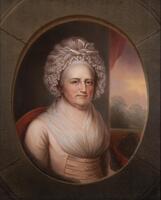
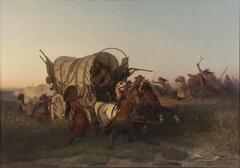
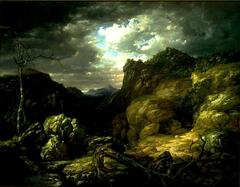
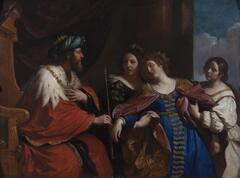

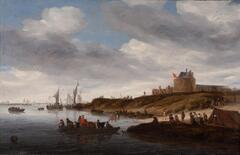

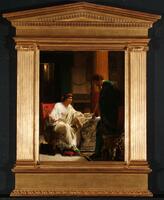
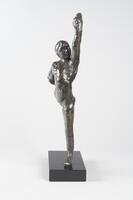
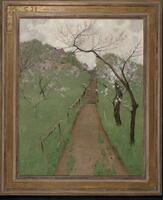
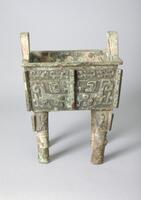
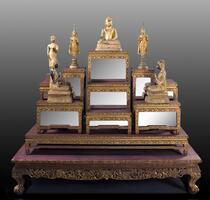
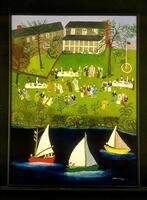
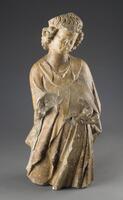
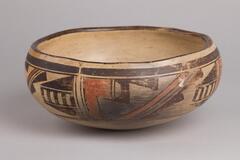
![<p>This celadon bowl is decorated with mold-impressed designs, which was one of popular type of dishes in 11th and 12th centuries. On its inner walls are lotus scroll designs, and on its inner base is what is presumed to be a lotus flower design. Glaze has been applied all the way down to the rim of the foot, which retains traces of silica supports in three places. The yellow-green glaze is evenly spread on the surface, while the clay is of specially selected high quality, producing a smooth surface.<br />
[<em>Korean Collection, University of Michigan Museum of Art</em> (2014) p.111]</p>
<br />
shallow lobed bowl with molded lotus design on wall, 6 lobes, very small foot, high quality, need cleaning <p>This celadon bowl is decorated with mold-impressed designs, which was one of popular type of dishes in 11th and 12th centuries. On its inner walls are lotus scroll designs, and on its inner base is what is presumed to be a lotus flower design. Glaze has been applied all the way down to the rim of the foot, which retains traces of silica supports in three places. The yellow-green glaze is evenly spread on the surface, while the clay is of specially selected high quality, producing a smooth surface.<br />
[<em>Korean Collection, University of Michigan Museum of Art</em> (2014) p.111]</p>
<br />
shallow lobed bowl with molded lotus design on wall, 6 lobes, very small foot, high quality, need cleaning](/media/W1siZiIsIjIwMjIvMDkvMjQvMmx1M2ptNHMzM19kZWZhdWx0LmpwZyJdLFsicCIsInRodW1iIiwiMjQweDIwMCJdXQ?sha=2ba2ecc35e4531c3)
